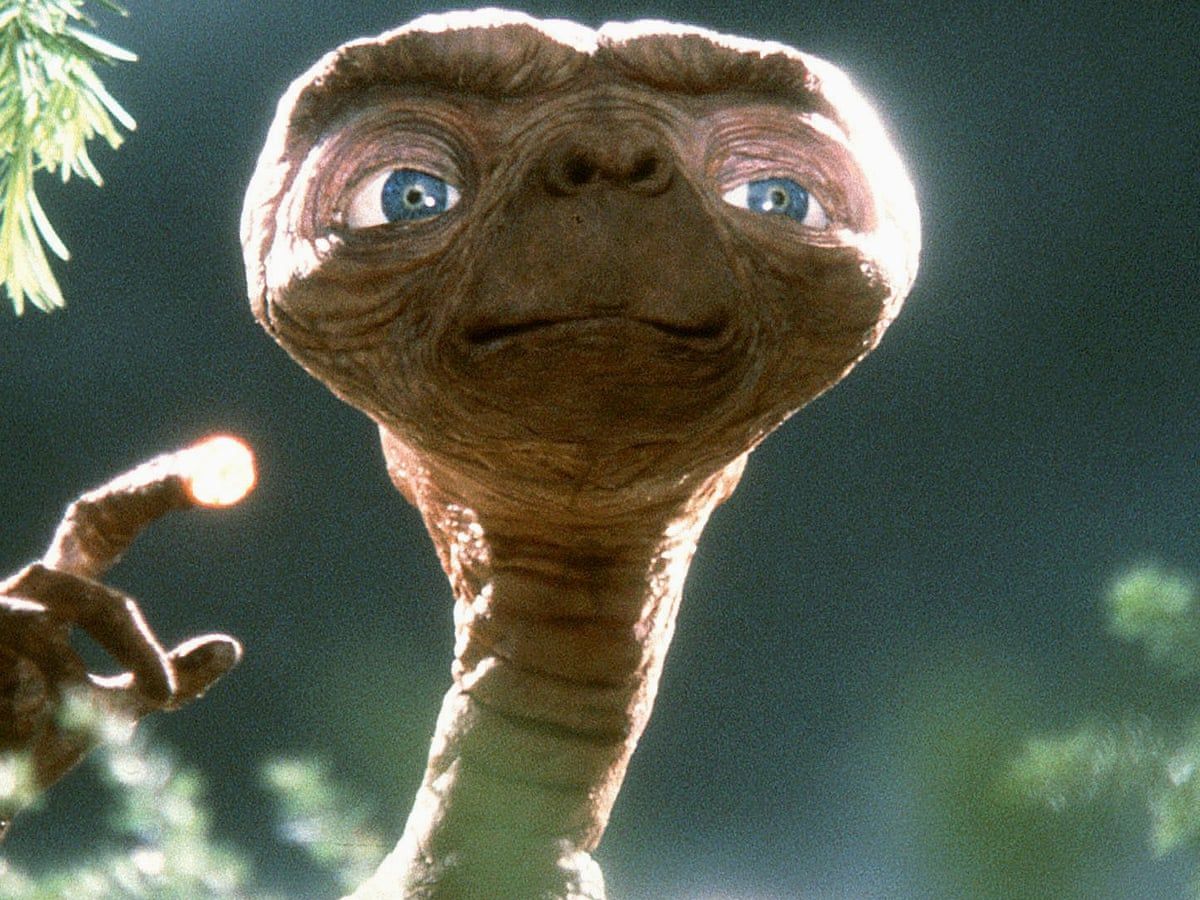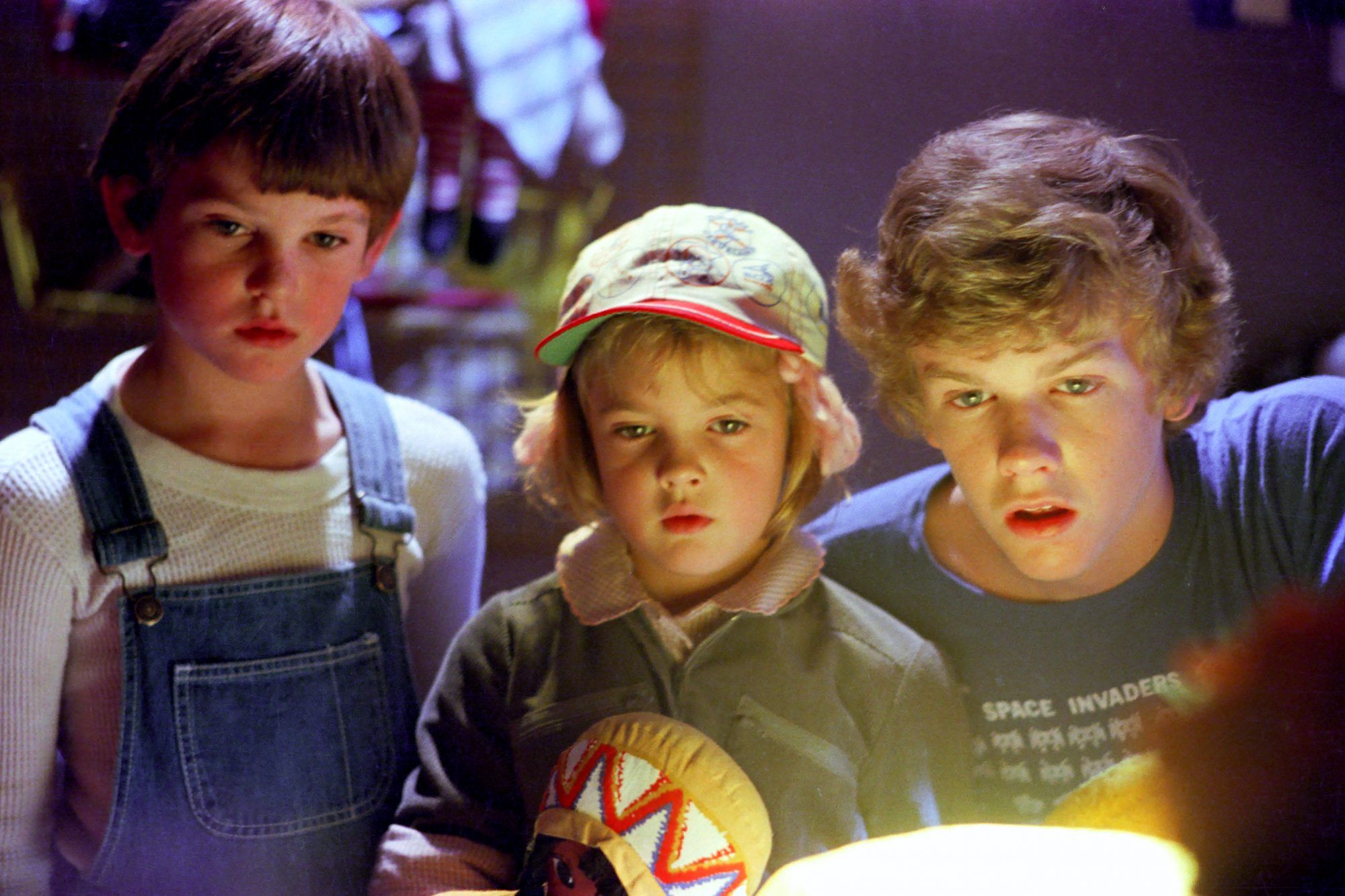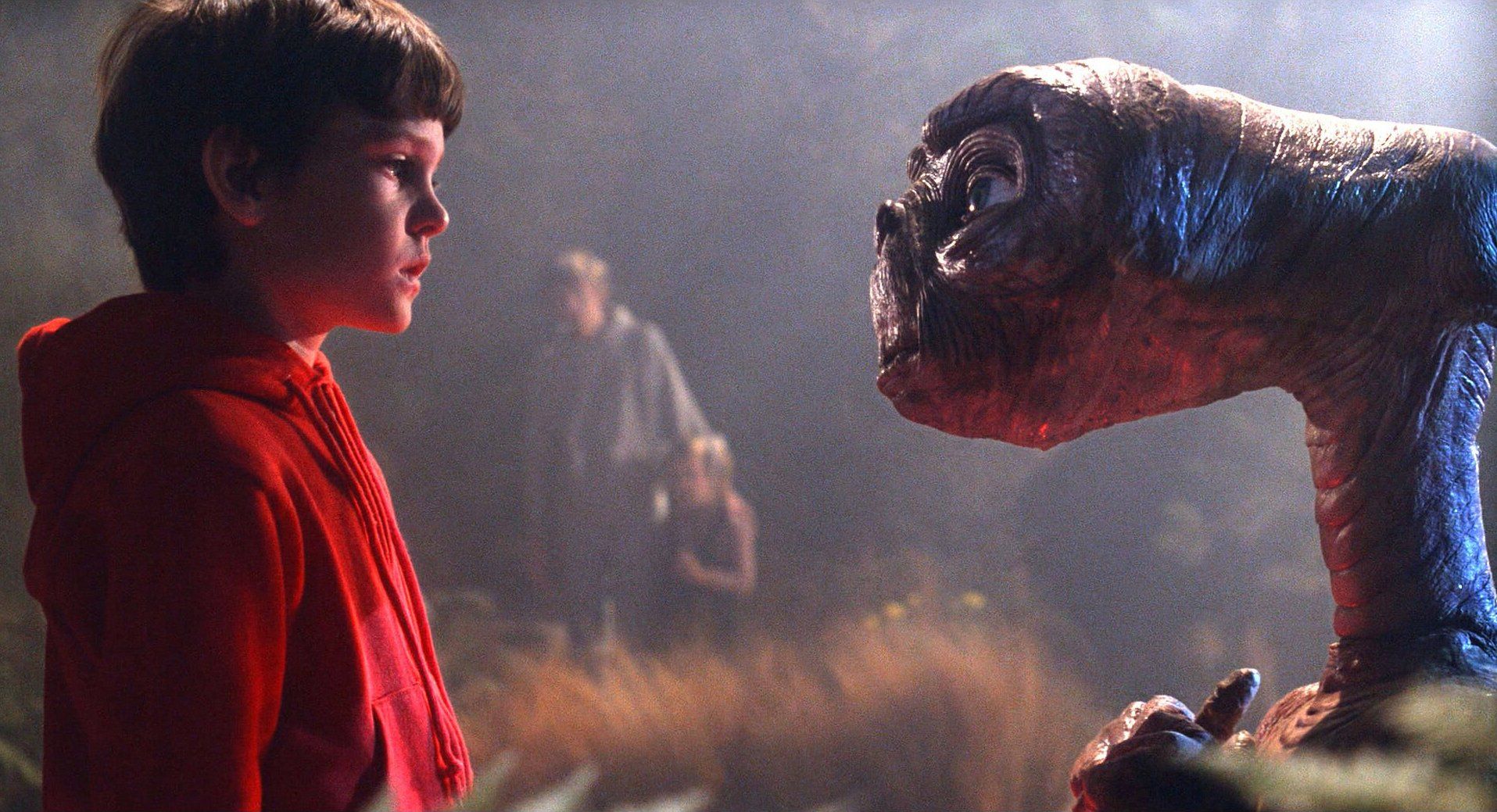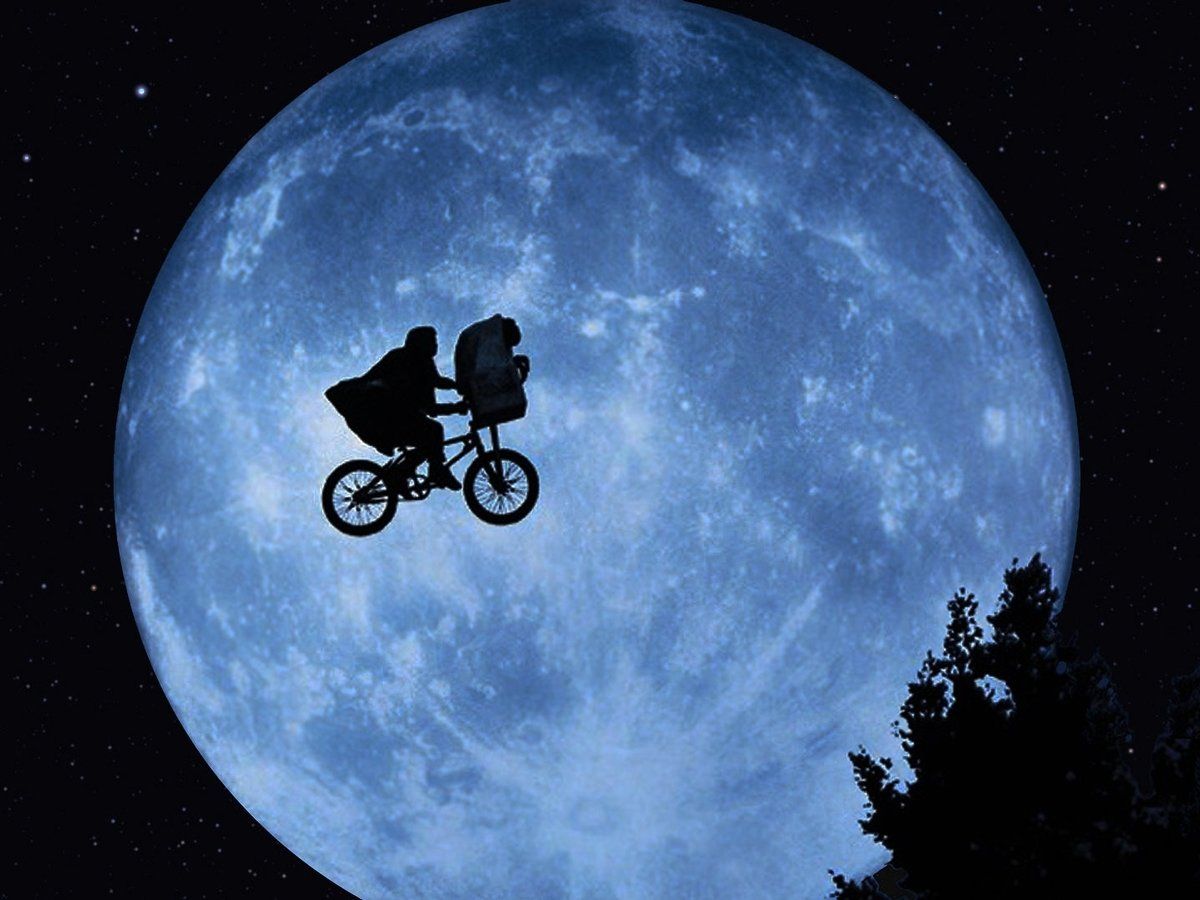E.T. the Extra-Terrestrial has charmed audiences for over 40 years. It is filled with magic and childlike wonder and is popular amongst viewers of all ages. Chances are if you grew up in the 80s, you whiled away hours upon hours in front of the television, living vicariously through Elliott’s experiences in the film. E.T. is undoubtedly one of Steven Spielberg’s best movies of all time, and his catalog speaks for itself. Despite its massive popularity, E.T. has astonishingly remained a stand-alone film four decades later. The film has earned $793 million worldwide, which makes E.T. Spielberg’s second highest-grossing film of all time, second only to Jurassic Park. E.T. was originally released in 1981, re-released in 1985, and again in 2002 to celebrate its 20th anniversary. Ahead of its 40th anniversary this year, star Drew Barrymore has said she will celebrate with film with Spielberg and her daughters.
E.T. was widely acclaimed by critics and is regarded as one of the greatest movies ever made. It was nominated for nine Academy Awards, of which it won four: Best Sound Effects Editing, Best Visual Effects, Best Score, and Best Sound. Above all else, it is a touching tale about a boy and his friend. Here’s why E.T. is still one of Steven Spielberg’s best movies of all time.
Filmed From a Child's Point of View
In addition to being one of Steven Spielberg's best films, E.T. was aptly named the greatest children's movie of all time because it immerses the audience in the story in a child-like way. Spielberg wanted the viewer to have a similar experience to his main character Elliot (Henry Thomas); as such, it is largely filmed from the perspective of a child. This was accomplished by filming much of the film from a lower angle, which emulates the height of an average child. This technique allows the audience to identify more easily with the films' child characters, as it sets the audience in a child’s world and roots the film in their unfettered innocence. This explains why even watching the film as adults we dread the ‘scary’ part of the movie when a mass of shrouded authorities surge into the family home and take E.T. away from his beloved Elliott.
Spielberg wanted E.T. to be a movie for kids primarily, so in addition to filming it from a child's perspective, he also limited the screen time of the adult characters. His ingenious direction plays a huge role in creating a world full of wonder, innocence, and adventure, free of adult restraint. Even E.T. himself was inspired by children. Screenwriter Melissa Mathison states in The Making of E.T. the Extra-Terrestrial that: “Many of the scenes from the movie come from my own experience being with children. For instance, what children would like [E.T.’s] powers to be. A lot of the children would mention the obvious use of telepathy or telekinetic powers, but I was struck by the fact that several of them mentioned that they would like this magic creature to be able to heal. And I thought it was such an incredibly poignant idea to come from a child.”
The Love Story is an Allegory for Growing Up
On the surface, E.T. is an interspecies love story between a boy and his benevolent alien friend, but underneath that, it holds a deeper meaning. In an interview with James Cameron for People Magazine, Spielberg confessed that E.T. was “never meant to be a movie about an extra-terrestrial,” but rather something very personal to him. “It was supposed to be a movie about my mom and dad getting a divorce,” he states. “So I started a story, not a script per se, but I started writing a story about what it was like when your parents divide the family up, and they move to different states.”
Over the years, there has been lots of talk by Spielberg and others about E.T. being a commentary on children dealing with divorce. The broken family themes recur throughout the film as Elliott is struggling with his new family dynamic. When E.T. bonds with Elliott, he senses the gaping wound Elliot bears, left behind by his absentee father. E.T. fills the void of the paternal caregiver that Elliott is so desperately in need of and in turn, Elliott feels a kinship with the lost little alien, as he too feels lost. Moreover, E.T. is a healer and makes it his mission to heal Elliott’s inner wounds just as he heals his outer wounds.
It is a Visual and Auditory Masterpiece
E.T. is considered one of Steven Spielberg’s best movies of all time in large part due to the awe-inspiring cinematography and outstanding score, which harmonize each other perfectly. The score is at once uplifting and enchanted, while at times also eerie and desolate. It's no surprise that music composer John Williams won the Academy Award for Best Original Score for his exceptional work on the film.
Viewers tend to focus on the heartwarming story behind the film, however, the beauty of the film is something to revel in as well. The astounding cinematography remains one of E.T.’s most underrated aspects. It is difficult to believe that the late Allen Daviau made his feature film debut as E.T.’s cinematographer as it is so expertly done, and as such earned him multiple award nominations. Daviau is also known for his work on The Color Purple and Empire of the Sun.
E.T. features some of the most incredible visuals in cinematic history. For instance, the scene where Elliott and E.T. cast a silhouette on the beautiful bright moon was a well-researched, and mapped out photo-real shot of the moon, with puppets that were added in later using special effects. This beautiful and iconic shot would later inspire the Amblin Entertainment logo.




